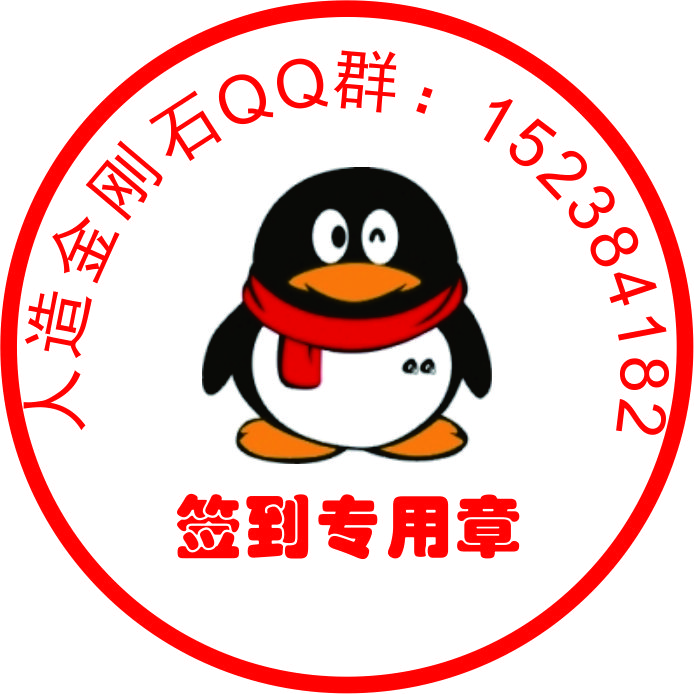博文
[转载]GSI对培育钻石的分级鉴定新进展(英文版)
||
用软件翻译了一下,有不足之处请包涵:
GSI to Include Growth, Treatment Info on Lab-Grown Reports
March 18, 2020 by ROB BATES
位于纽约市的分级实验室 Gemological Science International 将提供新的实验室种植的钻石分级报告,其中包括有关钻石的生产方式以及是否经过任何种类的生长后处理的信息。
GSI的新LGX Complete报告将注明实验室生长的钻石是通过HPHT(高压,高温)方法还是CVD(化学气相沉积)工艺生产的。它还将指出,这些钻石是否按“增长时”出售-实验室种植的钻石的行业术语,未经任何生长后处理或增强。LGX完整报告仅适用于“成年”钻石。
GSI总裁兼联合创始人Debbie Azar在一份声明中说:“消费者的信心是关键,消费者希望获得有关他们所购买的天然钻石和实验室种植的钻石的更多信息并完全透明。”
消费者是否在乎他们的实验室生产的钻石是否接受了生后处理,新的报道可能会吸引业内的热切关注。鉴于针对使用某些CVD和生长后处理方法的公司提起的专利诉讼越来越多,一些贸易买家告诉JCK,他们正在专门寻找“已成批”或由HPHT生产的钻石。
实验室生长的钻石分级报告是否应包括有关生长后处理和增强的信息,已成为实验室生长的钻石界争论的话题,一些人将生长后处理简单地视为钻石生长过程的一部分,并且其他人则认为,包括信息会增加透明度。许多CVD钻石经过某种后生长处理,因为它们在生长时往往会呈现出褐色。
除非特别要求,GIA实验室已决定不将该信息包括在其新的实验室种植的钻石分级报告中。
------------------------
下面是英文原文:
GSI to Include Growth, Treatment Info on Lab-Grown Reports
March 18, 2020 by ROB BATES
New York City–based grading lab Gemological Science International will offer new lab-grown diamond grading reports that include information on how the diamond was created and whether it was subject to any kind of post-growth treatments.
The GSI’s new LGX Complete reports will note if the lab-grown diamond was produced by the HPHT (high pressure, high temperature) method or the CVD (chemical vapor deposition) process. It will also note whether the diamonds are being sold “as grown”—the industry term for lab-grown diamonds that have not been subject to any post-growth treatments or enhancements. The LGX Complete reports will be available only for “as grown” diamonds.
“Consumer confidence is key, and consumers want more information and complete transparency about the natural and lab-grown diamonds they are buying,” said Debbie Azar, president and cofounder, of GSI, in a statement.
Whether or not consumers care if their lab-created diamonds have received post-growth treatment, the new reports might find an eager audience in the trade. Given the increasing amount of patent lawsuits against companies that use certain CVD and post-growth treatment methods, some trade buyers tell JCK that they are specifically looking for diamonds that are either “as grown” or produced by HPHT.
Whether lab-grown diamond grading reports should include information on post-growth treatments and enhancements has become a big topic of debate in the lab-grown diamond community, with some viewing the post-growth treatment simply as part of the diamond-growing process and others arguing that including the information increases transparency. Many CVD diamonds are subject to some sort of post-growth treatment because they tend to have a brownish tint when grown.
The GIA lab has decided not to include that information on its new lab-grown diamond grading reports, unless it’s specifically requested.
Top: GSI’s grading lab in New York City (image courtesy of Gemological Science International)
--------------------

https://blog.sciencenet.cn/blog-257140-1225047.html
上一篇:[转载]IIa与元素六关于专利侵权的结果(英文版)
下一篇:[转载]GSI发布市场领先的实验室生产的钻石分级报告 (英文版,带中文翻译)